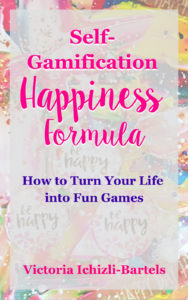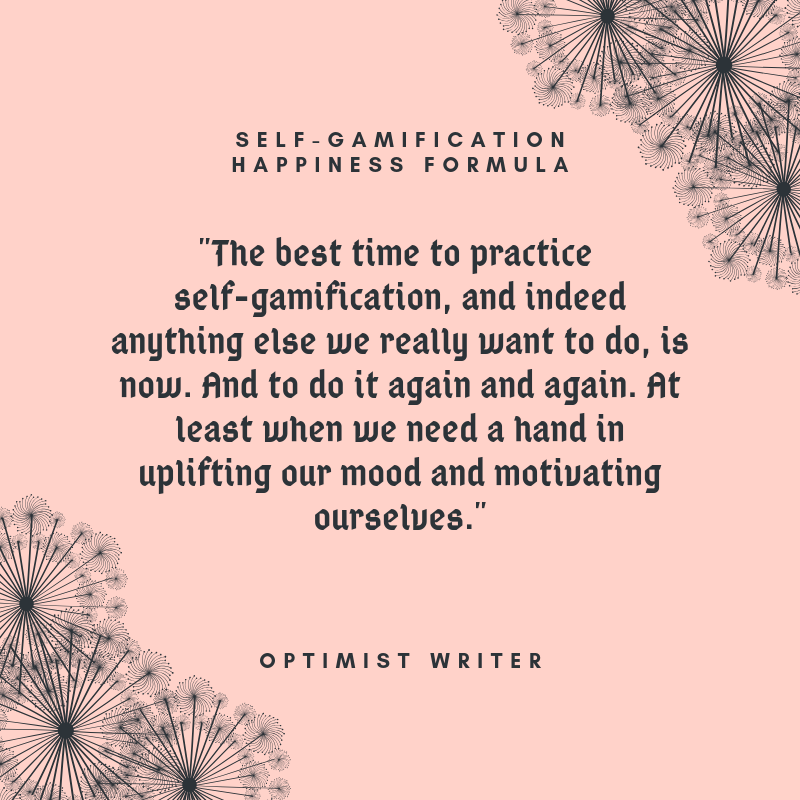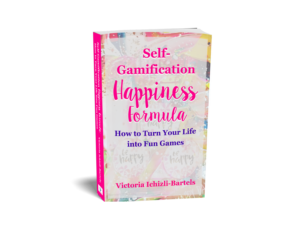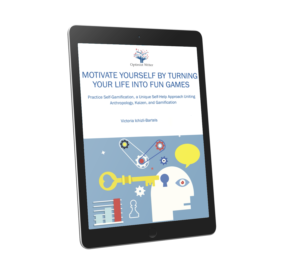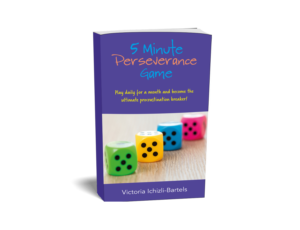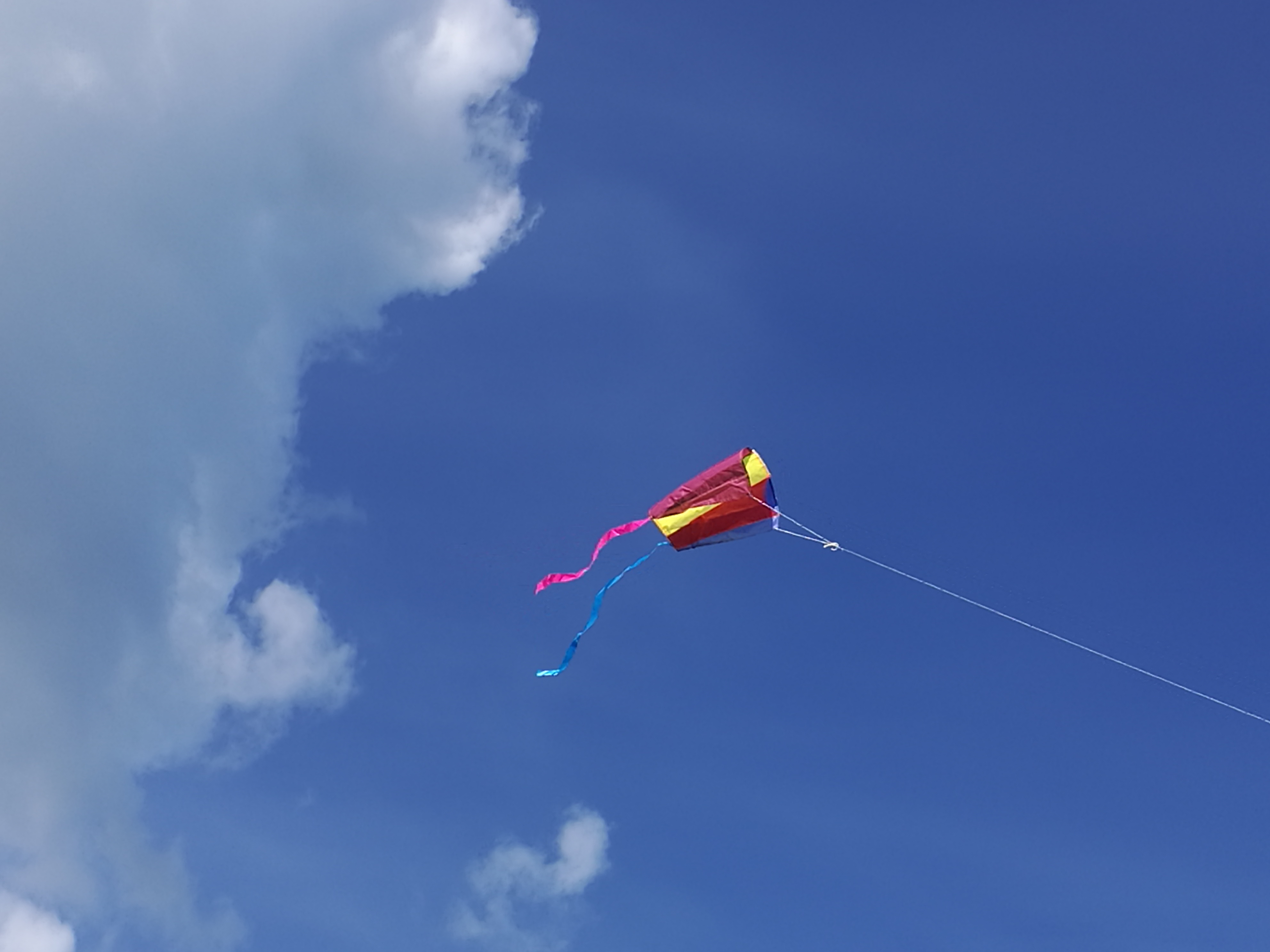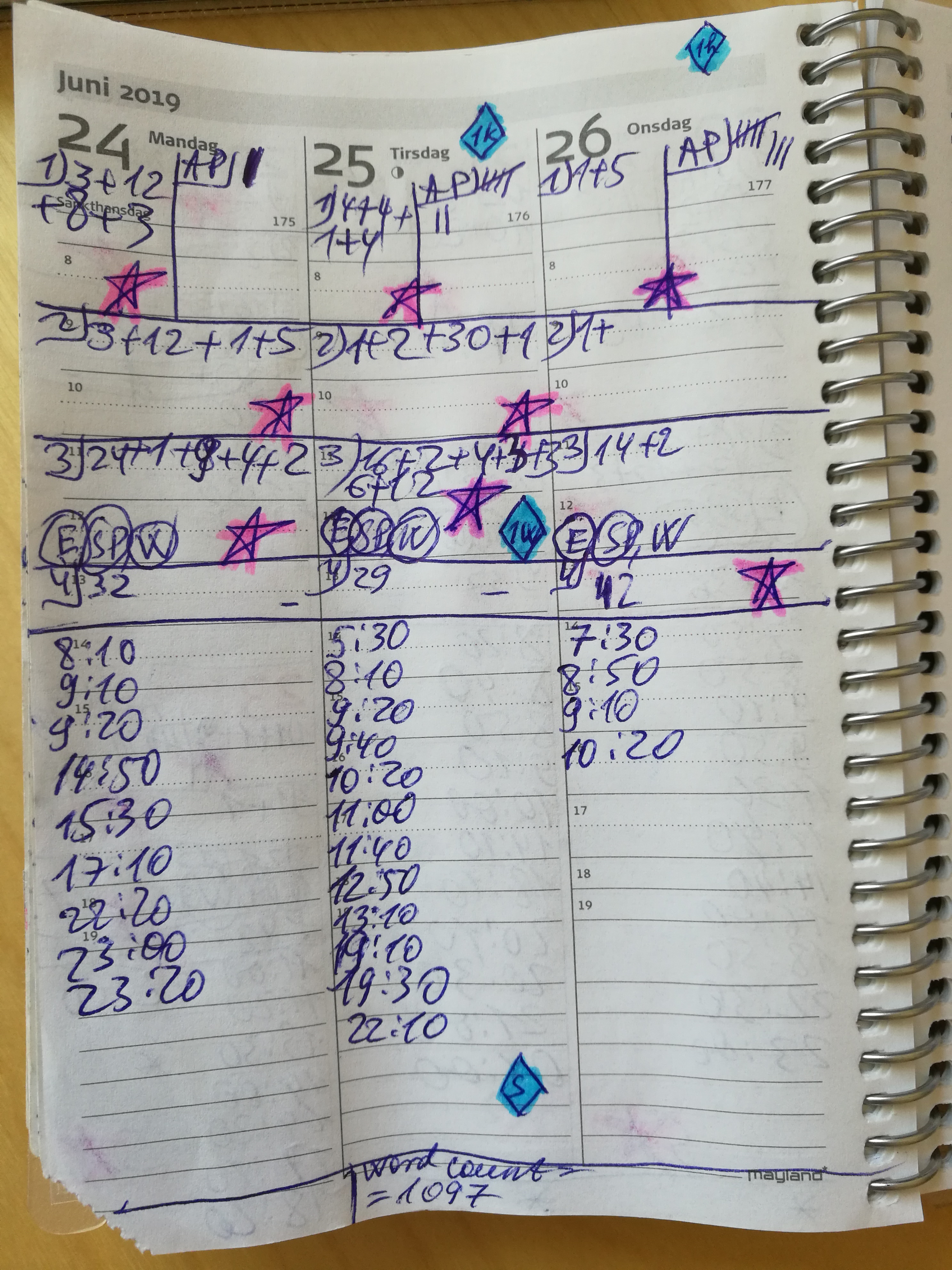
My new book Self-Gamification Happiness Formula: How to Turn Your Life into Fun Games is just out, born exactly two weeks ago, and already I am adjusting my latest self-motivational game design, which I call “Balance Game.”
I am adding badges. I had a particular asterisk system to motivate myself to do some things before the others, but this system didn’t work for too long.
Why? There might be many reasons. The asterisk system worked similarly as earning five stars each day. So it wasn’t bringing anything new, and I wasn’t learning anything new, but playing games is about learning. So I got bored. And the asterisk marks were not colorful. Not like my beloved pink stars. There could be many other reasons my clever mind can come up with. But the fact is that I started failing to reach the daily goals I was reaching easily previously.
So there was time for a new upgrade to keep the player (me) engaged.
I did test one badge for one thousand words written in one of my current works-in-progress. But it looks like I want more than one badge. So now I am curious what kind of badges I will come up with. So, I, as a player and designer, can come up with new ones depending on what and when I want to achieve something.
The picture I took today shows four badges:
- “1k” stands for 1000 words written for my new book.
- “1W” stands for doing all the wellness tasks (the E (eye gymnastics), SP (practicing straight posture), and W (workout mixed with yoga exercises)) before lunch.
- “S” stands for calling it a day and going to get ready to bed before 10:30 PM if the following day is a working day, and midnight if the next morning is a weekend or a holiday.
- “1h” means working for a project for more than an hour apiece.
I can guarantee that there will be more.
If you want to know why I do all that and why such an adjustment of self-motivational game designs is needed, then read the following excerpt from the Self Gamification Happiness Formula:
***
There will always be more than one design
I discovered something interesting about myself in relation to project management and the means I used for it. I realized I was under the illusion that one approach or system was a magical solution that I could use from the moment I discovered, tested, and liked it, until forever.
As I continued turning my life into games, I learned that one system/approach for recording and planning tasks might be appropriate (and fun) at some times in my life, but not at others. I used apps, monthly calendars, weekly, daily, Microsoft Excel, sticky notes, etc. All of them were of value at one particular time. Sometimes I used several simultaneously.
Right now, I stick with paper planners. In addition to the family calendar, I use three planners for the following: one for appointments, the second for appointments with myself (i.e., to-do lists), and the third is my self-motivational game feedback system with points and bonus stars. The latter two are the tools I currently use for my application of self-gamification (the same books I mentioned by name in chapter 11, section 2, activity 2).
But even using paper I felt I should have had one perfect system to record my tasks as well as the points. At some point though, I realized this is not only impossible but also unreasonable.
Being different in almost every moment is the main reason.
Thus, don’t stop experimenting. A design for your motivational games that works well today might not be appropriate a month from now. Don’t judge yourself for changing.
Don’t judge yourself for trying to find the perfect design, either. It seems to be normal for us humans to try to find one ideal solution for all time.
Approaching my self-motivational game design as a game in itself was of great help, and a great discovery for me. If I enjoy the game I design, I play it. If not, then just like passionate players of strategic games, I make notes for the next moves, which are to change the design for the next round.
I was curious once to hear Alex Rodriguez (nicknamed “A-Rod,” an American former professional baseball player) when being interviewed by Ellen DeGeneres, describe why he and Jennifer Lopez (“J Lo”) went to a TruFusion bootcamp and liked the new workout approach so much. In other interviews too he has pointed out that doing only one type of fitness is not only boring but also stressful for his body, having had both hip and knee surgery.
Here is the description I found for this new popular workout: “TruFusion is the latest innovation in group fitness offering multiple studios under one roof at an affordable price. With up to 240 group classes weekly in over 65 different styles, TruFusion gyms provide the hottest blend of yoga, kettlebell, Pilates, barre, bootcamp, boxing and cycle classes.” (https://www.franchisegator.com/franchises/trufusion/)
Over sixty-five different styles of classes? Is it any wonder that this style of workout is so popular? It is quite understandable that it never gets boring to practice it.
So, why do we try to find one single way to manage and carry out our projects and activities? The curious thing I observed is that many of us not only try to find one perfect approach to almost everything, but we also try to “sell” something that works well for us now as an ideal solution for everyone for all time.
Why not instead just enjoy what we do and be curious about how we can modify it, along with the change in our interests and behaviors that occurs all by itself?
Here comes the message of awareness, extended to include what we have established about game design and gamification:
Being a kind and honest designer and player of self-motivational games is the key.
***
P.S. You can purchase the Self-Gamification Happiness Formula and/or read the complete introduction and part of chapter 1 by clicking here or on the image below:
